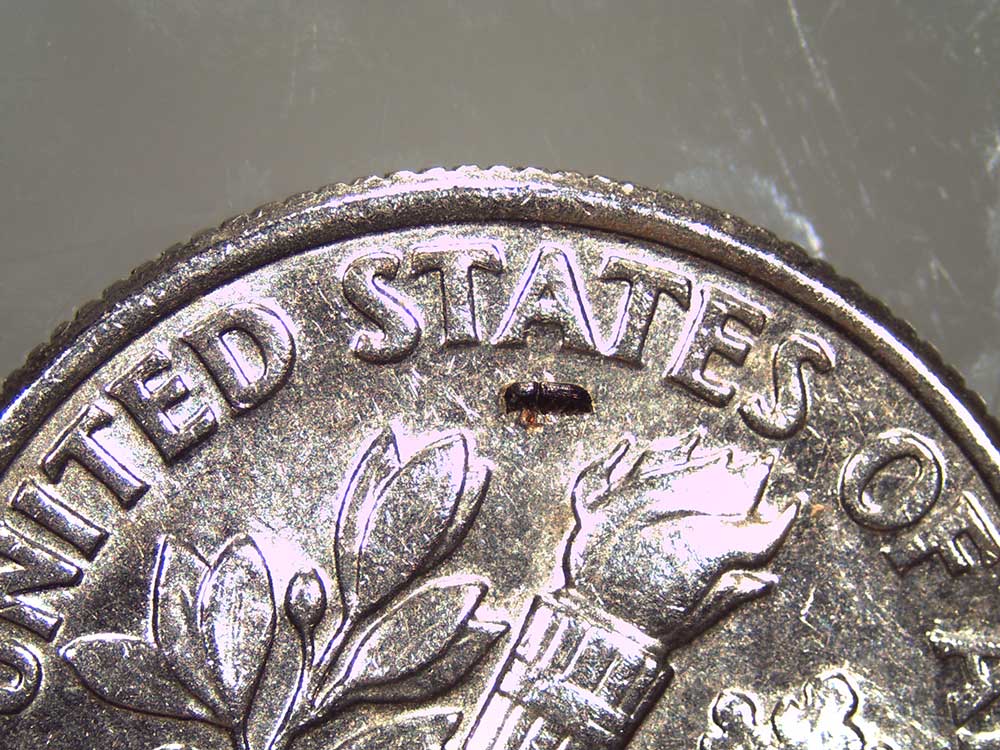- Home
-
Admissions
-
Academics
-
Students
-
Research
-
Research Centers
- Cancer Research Center
- Center for Excellence in Development Disabilities Education, Research & Service (CEDDERS)
- Center for Island Sustainability (CIS)
- Marine Laboratory
- Micronesian Area Research Center (MARC)
- UOG Land Grant | agInnovation Research Center
- Water and Environmental Research Institute (WERI)
-
Programs and Departments
- Guam EPSCOR
- Guma' Tinemtom - Micronesia Data Laboratory
- Pacific Islands Climate Adaptation Science Center (PI-CASC)
- Pacific Islands Cohort on Cardiometabolic Health (PICCAH)
- Research Corporation of UOG
- RFK Memorial Library
- UOG Press
- UOG Sea Grant
- University Libraries Digital Team
- NASA Guam Space Grant
- NASA Guam EPSCoR
-
Research Centers
-
Outreach
- Giving
- Alumni
-
About
Experts Identify Bark Beetle Attacking Guam's Nanåsu Plants
Experts Identify Bark Beetle Attacking Guam's Nanåsu Plants
Experts Identify Bark Beetle Attacking Guam's Nanåsu Plants

Bark beetle in comparision to a U.S. dime
Working with the University of Guam, experts at the University of Florida have identified
the tiny bark beetle which is attacking Guam's nanåsu plants, also known as beach naupaka or by its scientific
name, Scaevola taccada. Nanåsu is a major component of the beach strand community
on Pacific Islands where it is also used as an ornamental landscaping plant. Ironically,
this same plant species is considered to be an invasive species in Florida and the
Caribbean (CABI 2017).
A few weeks ago Ilene Quitugua, a contractor who monitors the health of landscape
plants for the Guam Visitor's Bureau (GVB) and Denson Fairfield, Landscape Management
Systems, a company that maintains landscapes for GVB, noticed that nanåsu plants used
in ornamental hedges throughout Tumon Bay were starting to die.
The University of Guam College of Natural and Applied Sciences Extension and Outreach (UOG-CNAS-EO) was contacted and asked to investigate the cause of the problem and
make recommendations for solving it. UOG-CNAS-EO extension agent Phoebe Wall and UOG-CNAS-EO
entomologist Dr. Aubrey Moore collected plant samples. When dead and dying branches
were cut open and examined under a microscope, Moore found many minute bark beetles
feeding inside. Images were taken and sent to Dr. Jiri Hulcr at the University of
Florida who is a world expert on bark beetles. Dr. Hulcr kindly offered to help identify
the beetles and asked for specimens to be sent to him. Getting the scientific name
for a pest unlocks the global knowledge base for that species. This allows us to answer
questions such as:
Is this an invasive species (a species from elsewhere which is likely to cause
harm)?
What is the range of plants that the pest feeds on, and what kind of damage does
it do?
What methods have been used to successfully control the pest?
Does the pest transmit plant pathogens?
Accurate identification of insect pests is very important and far more difficult than
most people expect. Species determination is usually performed by highly skilled taxonomists
who specialize in a relatively small group of species. Bark beetles are among the
hardest insects to identify. They belong to a family of beetles called Curculionidae,
which contains more than 86,000 species and many more yet to be described.
Specimens from Guam arrived at the University of Florida this week and were identified
as Hemicryphalus argutus by Andrew Johnson, a graduate student working in Hulcr's
lab. Johnson is the world's leading taxonomist in a huge group of tiny bark beetles
known as Cryphalini, or the pygmy borers. Almost nothing is known about this species.
The only previous record is from specimens collected on Saipan during 1944 and 1945
(Wood 1960).
Although this is the first time H. argutus has been observed on Guam, it is probably
not an invasive species. Moore thinks it is likely that this is an endemic species,
meaning that it evolved on Guam and other Mariana Islands. So why are we seeing what
is becoming known as Scaevola dieback? One possible cause to be investigated is plant
pathogens. Many species of bark beetles related to H. argutus infect plants with fungus
on which they feed. It is the fungus that actually kills the plant, not the tiny beetles.
Or, we may have the wrong suspect. The plot thickens as the Scaevola dieback investigation
proceeds.
